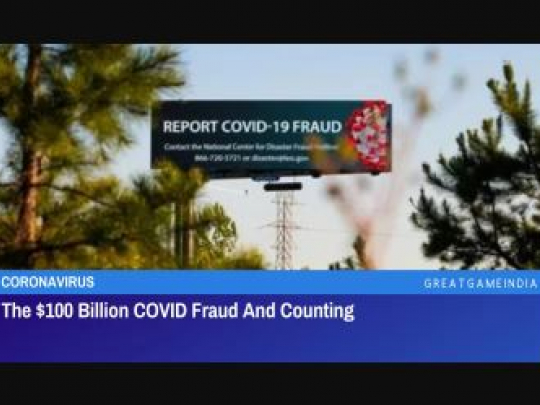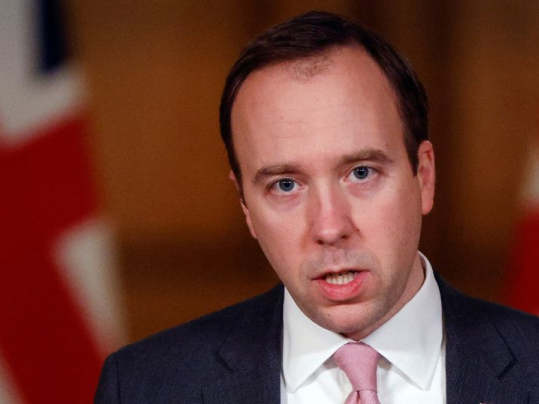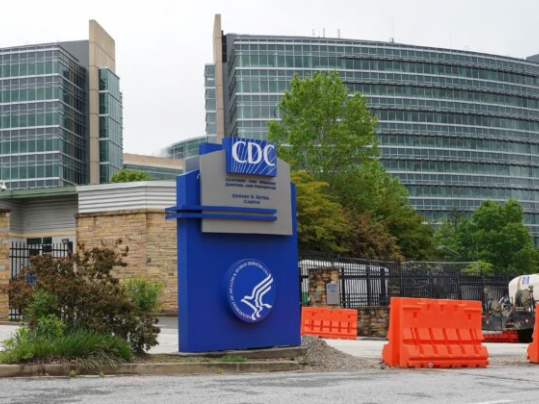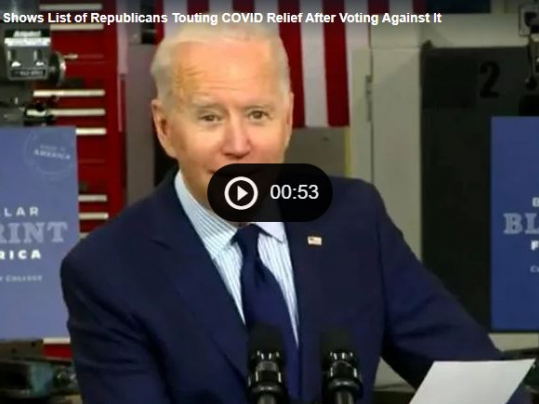The $100 Billion COVID Fraud And Counting

The US Labor Department’s investigations have already culminated in 749 fraud-related unemployment charges amounting to an alarming $100 billion COVID fraud and still counting.
On Thursday, top oversight officials informed senators on the Senate Homeland Security and Governmental Affairs Committee that reaching a top-line number for pandemic relief fraud is not currently possible because of data shortages and ongoing recovery activities.
When challenged regarding fraud levels in the $5 trillion-plus in pandemic relief expenditures, Department of Justice Inspector General Michael Horowitz, leader of the Pandemic Response Accountability Committee, informed ranking member Sen. Rob Portman (R-Ohio), “I wish I could answer that right now,”
Horowtiz anticipated that the final count will be in the $100 billion range, but he cautioned that he could not be more specific.
“We don’t have all the data just yet. Secondly, we have lots of cases ongoing and of course there’s a difference between an improper payment – of which there’s billions and hundreds of billions of dollars – and fraud, and we’ve got to sort that out through the investigative process,” Horowitz continued.
With a new chief prosecutor for COVID-19 fraud and a future executive order on identity theft, fraud is getting additional emphasis from the White House, as Jason Miller, deputy director for management at the Office of Management and Budget, pointed out at the hearing.
That order, Miller said in prepared testimony, will focus “on preventing and detecting identity theft involving public benefits, while protecting privacy and civil liberties and preventing bias that results in disparate outcomes.”
According to data submitted to the Office of Management and Budget (OMB), erroneous payments totaled $281 billion in fiscal year 2021. This was a $75 billion increase above FY2020 and more than quadruple the amount recorded in FY2017.
Because that metric includes errors other than fraud, such as under- and overpayments, it does not provide a precise picture of fraudulent transactions.
It is also not a comprehensive estimate, because some agencies have not provided data, and others have provided figures that are not “rigorous,” according to Gene Dodaro, the Government Accountability Office’s director.
One issue, according to witnesses, is a shortage of good data.
GAO has encouraged Congress to amend current advice, which does not require agencies to anticipate incorrect payment amounts in the first year of new programs. Dodaro said that most agencies failed to provide estimates for new relief programs for fiscal year 2021.
It was also necessary for the oversight community to re-establish analytical capacities.
The recovery board’s analytical branch, which was established in the aftermath of the 2008 financial crisis, was closed down in 2015. It took almost a year for the new Pandemic Analytics Center of Excellence, which is part of the new pandemic monitoring committee, to be formed after agencies began distributing relief funds. Congress should make it permanent, according to Dodaro.
Data gaps and dependability difficulties about pandemic expenditure and how that money is spent were also mentioned by witnesses, a factor that hampered the oversight communities’ ability to investigate programs.
“Early on, we had difficulty obtaining spending data on certain significant pandemic programs and few agencies required relief recipients to provide detail about how they were spending federal funds that they received,” Horowitz wrote in his testimony.
In his testimony, Dodaro requested (read below) that Congress pass new legislation in this area, including new reporting requirements for improper payments and fraud risk management; certification requirements for improper payment estimates and quality requirements for publicly available federal spending data; and new guidance for agency internal control plans.
Numerous witnesses explicitly mentioned fraud issues with the unemployment insurance program, the Paycheck Protection Program, others administered by the Small Business Administration.
The GAO claims that an absence of internal controls to oversee relief money, uneven management of fraud risks in various agencies, and a lack of incorrect payment reporting requirements for new initiatives, such as several that arose as a result of the pandemic, all led to the high levels of fraud.
Staffing shortages and outdated technology plagued states operating the unemployment insurance program. According to Inspector General Larry Turner of the Department of Labor, the benefits had frail controls and had recently obtained a large influx of funds, making them a target for fraud.
Turner also mentioned in his testimony that some of these similar flaws resulted in extended delays in receiving compensation for some qualified applicants.
According to Turner, the Labor Department recorded an 18.71 percent inappropriate payment rate in December 2021, which does not include the newer program developed for gig workers during the pandemic.
According to the assessment, at least $163 billion in pandemic UI benefits may have been wrongfully paid out of the $872.5 billion in payouts, “with a significant portion attributable to fraud,” he claimed. The true rate is almost certainly greater.
The government is seeking to recoup funds that have been stolen.
The Labor Department’s investigations have already culminated in 749 fraud-related unemployment charges and nearly $830 million in recovered cash, according to the watchdog.
In his written evidence, GAO’s Dodaro stated that 417 individuals had pled guilty to federal charges of defrauding pandemic relief programs, with 11 being convicted at trial.
The PRAC and other inspectors general’s efforts has resulted in 1,272 indictments and complaints, 949 arrests, and 455 convictions, according to Horowitz.
Nevertheless, considering the level of fraud in the unemployment area, “we believe that it’s going to be somewhat difficult to get that back,” Turner said of retrieving funds provided to scammers.
Witnesses noted that, in addition to the loss of government funds, the problem can cause significant disruptions for victims of identity fraud who need benefits, as well as slow down the delivery of payments as they work through increases in claims.
Identity theft also hurts those who are entitled to benefits but whose identities have been stolen, according to Horowitz.
“What happens is … when people in underserved communities seek to apply for those benefits that are the ones legitimately entitled to, but their identities have been stolen, it turns out they’re the ones being questioned as if they’re the fraudsters. They’re the ones that struggle to get their identities back,” Horowitz said.
- Source : GreatGameIndia


















